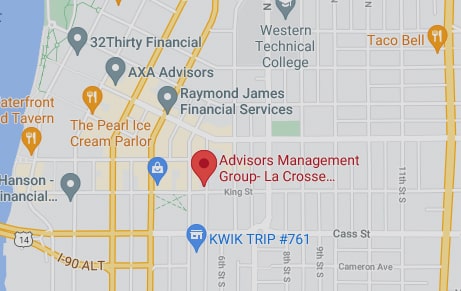According to the Huntington Bank Backpack Index, the cost of school supplies increased 88% from 2007 to 2016, and their recently released 2017 report anticipates increases of 1.0% for elementary and 4.6% for middle schoolers this coming school year. Even so, there are reasons that parents can feel good about back-to-school shopping:
1. It’s an exciting time of year, and parents can share in their children’s enthusiasm.
2. It’s a chance to spend time with your kids while teaching them smart shopping habits.
3. It’s an opportunity for what I call “painless savings:” if you consistently watch your spending on “the small stuff” like school supplies, groceries, and clothing, over time you can significantly increase in your overall savings.
To maximize the learning experience, involve your kids in the back-to-school shopping process. Start by reading this article with them. Together, identify your spending goals and decide where you’ll do your shopping. Discuss a strategy for spending on “extra” things that are not on the shopping list. For example, when your child can’t live without a new tablet, even though you think her current one is fine, who gets final say?
Here are 8 more tips your family can consider during this back-to-school season:
1. Visit your local brick and mortar retailers. Stores such as Staples, Office Depot, and Walmart offer competitive bargains versus internet-only retailers. Look for specials and door busters, but try not to let good prices lure you into spending on things you don’t need. Also, don’t forget about local discount retailers who have low pricing year-round, such as Dollar Store or Five Below.
2. Shop during your state’s sales-tax holiday. Many states offer a shopping day or weekend during which they waive state sales tax. On these days, you can avoid state and local taxes, which can approach 10% in some states.
3. Use store coupons and rewards programs. Before heading to a retailer, check your mailbox for weekly coupons and store websites for printable coupons. Art supply stores such as Michaels often have coupons in the Sunday paper. Or simply download them onto your smart phone. These can mean big savings on your more expensive items. Coupons may even be available to pick up “in store;” so don’t forget to ask once you’re there. You can also sign up for a store loyalty program where you can earn rewards points toward future purchases.
4. Combine your deals. If you find a great sale at your local retailer, shop during a sales tax exemption period, use some coupons, and earn rewards points, you have just hit the grand slam of savings! If you pay with a credit card that gives you cash back, you can save even more—just don’t let those credit card balances run up and accrue interest charges.
5. Online shopping is still the biggest timesaver, and we all know time is money. In addition to Amazon, there are other web-based competitors such as Oriental Trading Company and eBay. If your family feels that time is your scarcest resource, searching for deals online may still be your best way to save both time and money.
6. Consider taking advantage of any pre-packaged, school supplies program offered by your school district. This usually involves paying online for a tailored packet of school supplies that is delivered to the school, ready for use. These programs can offer competitive pricing and save you the time and effort of shopping online or driving to the store.
7. Buy used textbooks or download digital textbooks. If buying used books makes you cringe because you’re concerned about the quality of the retailer, be assured that both Barnes and Noble and Amazon are dominant in this space. But for really deep values, you may want to look at other providers—just do some research on these lesser-known retailers before sending them your money.
8. The best way to save may be not to spend at all; you may already have on hand some of the things on your shopping list. Look around your house before you shop.
I’m a big believer in the power of spending less on the small stuff whenever you can in order to accrue big savings in the long run. I’ve written more about this idea of “painless savings” in Countdown To Financial Freedom. The earlier in life that young people begin to apply this saving strategy, the more they will benefit in terms of the compounding growth potential of the money they are able to save. That is how the back-to-school shopping process can positively influence your children’s financial education and their future net worth. And that is something we can all feel good about!
Source: Forbes.com



